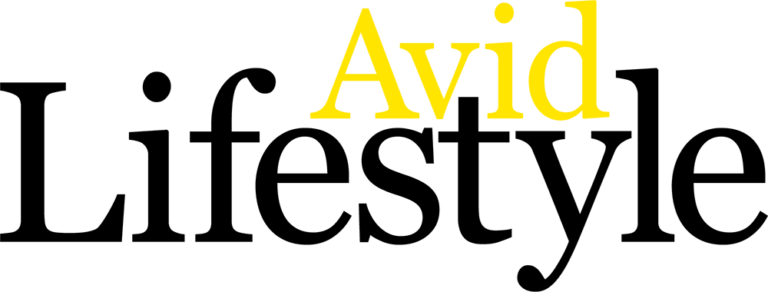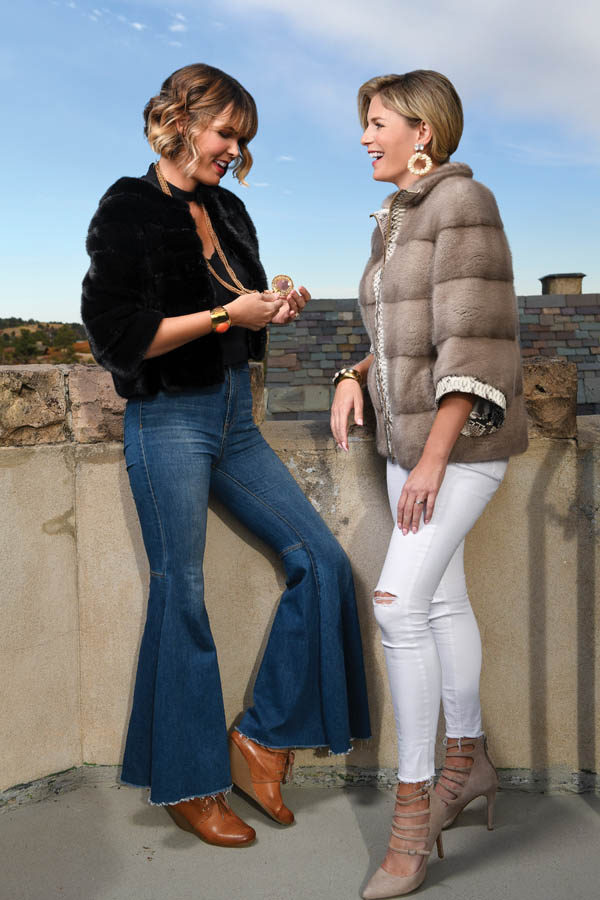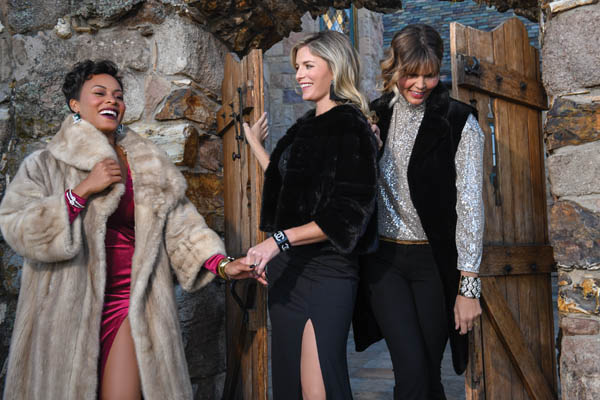Everything you need to know about sustainable fur right now—or upcycling your cozy coats of yore.
Photo: Chad Chisholm. Models: Alena Amundson, Gina Gellings and Kristal August, Donna Baldwin Agency. Makeup: Erroll Perkins, Hairstylist: Valerie Ward. Wardrobe Styling: Hillary Locke-Mujica. Location: Cherokee Ranch & Castle.
There is a scene in the fifth season of Friends when longtime vegetarian Phoebe Buffay inherits a family heirloom mink coat in horror…and then promptly falls in love with it when she sees her fur-swaddled reflection in a mirror. Indeed, there’s a reason people have been donning fur coats for millennia, and it has nothing to do with the perceived glamour: they are as warm in January as a Colorado 14er is cold. And like an old piece of quality jewelry, fur can often be restyled to suit today’s tastes—transformed from a clunky coat your great Aunt Gertrude wore into something you’d see on a Milan runway today.
“As far as restyle, we don’t like to do it unless we do it right,” says Dan Sharp, who founded Dan Sharp Luxury Outerwear 14 years ago. His company provided most of the “lewks” (to use the parlance of the internet) photographed on these pages. In addition to vintage jewelry, the brand also offers exceedingly opulent pieces in haute couture and ready-to-wear, contemporary lines often designed by Sharp himself. “We do luxury outerwear and a lot of shearlings. It’s come into the 21st century with a lot of color, and a lot of sheared pieces.”
To revamp a tired jacket that’s been languishing in the back of your closet but is still workable, Sharp, a Colorado native, may recommend having it transformed into another piece by his network of talented and skilled pros in Italy and New York—a process that takes only three or four weeks. “We do blankets and vests,” he says. “You can also update older pieces by doing a beautiful throw.” A dated piece can become “now” once again through the process. Sharp often recommends opting for an unexpected new lining that calls to you, “whether it’s a psychedelic 60s print or fuchsia pink in satin or silk.”
If it’s a brand-new fur coat you seek, you may be interested to know that in many key ways, the industry is changing fast. “I work for Saga Furs—we collect and sell farm-raised fur from Europe and North America,” says Charlie Ross, general manager of Saga Furs North America, Inc. “All our fur comes from certified farms which, in addition to government inspections, have third-party audits: outside organizations that do the inspecting. We’re the leaders in animal welfare standards.” He points to Furmark (furmark.com), a new global certification and traceability system, that is working to improve animal welfare and environmental standards in the industry.
Ross also highlights the “waste not” ethos of the fur industry. “‘Circular economy’ is a buzzword in our industry today, because in fur farming, animals eat food from the waste of other distribution channels,” he says. “In Finland, where Saga is headquartered, the diet is primarily fish. Humans eat the middle of the fish, and animals eat the byproducts—heads and tails that are ground up into cereal. We are subsidizing the fishing industry, making sure those items don’t get put in landfills.” Similarly, the animal manure is used in local agriculture to fertilize fields and greenhouses, and their carcasses are often transformed into pet food. Even the smallest scraps of fur that are trimmed away from a pattern are collected and sewn into fur plates: a very fashionable look.
And unlike, say, polar fleece—a soft-napped fabric made from polyester plastic that can take 200 or more years to decompose—a fur coat is comparatively earthy when it reaches the end of its life cycle. It’s “a natural product, but has a long-life cycle,” Ross says. “When a mink coat finally goes to the end of life, it [the fur itself—not the lining or zipper] degrades at the same speed as a leaf.”






